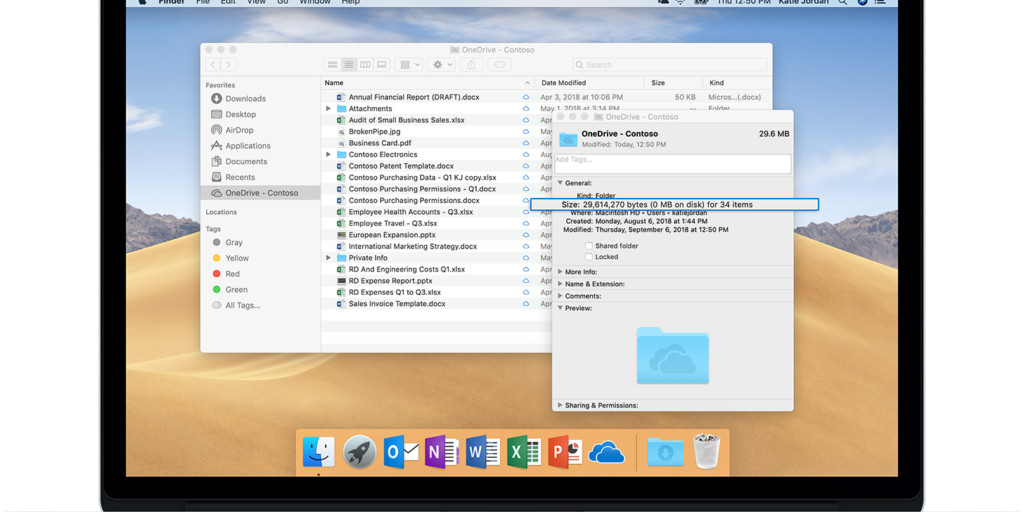Apt-get For Mac
Epson scanner software for macbook. For example, if you’re on a system that has dnf (such as Fedora) or apt-get (such as a Debian-based system), you can use one of these commands to install the minimal dependencies for compiling and installing the Git binaries.
So, after years of procrastinating I finally got around to sitting down and trying to use my mac mini (1.66 GHz Core Duo) as a web server with PHP5 and mysql. I've got it all working nicely, except for the darn GD library. I'm trying to create a captcha image that uses the imagecreatefrompng() PHP function. I get this error:
Fatal error: Call to undefined function imagecreatefrompng() in /Users/me/Sites/mysite/captcha.php on line 3
Like any good hodge podge comp user, I spent hours on google trying to find the solution to this and I found that most people needed to edit their php.ini file to uncomment the line:
'extension=php_gd2.dll'
So, I did this in my php.ini file and restarted apache, but to no avail - the error to 'undefined function' persisted. So I kept looking and found that I needed to perhaps install the gd library first, so that PHP could use it! So, I found many people having success with this command in terminal:
sudo apt-get install php5-gd
I did this in my terminal window, but ofcouse, to no avail! I get asked for my password, and after entering it I get this error:
My-Laptop:~ me$ sudo apt-get install php5-gd
Password:
sudo: apt-get: command not found
I really don't know much about the terminal, but for some reason the apt command isn't taking the -get option. I tried with a space after the dash in 'apt-get', but I get another error I can't make much sense of:
My-Laptop:~ me$ sudo apt -get install php5-gd
apt: invalid flag: -get
Usage: apt <apt and javac options> <source files>
where apt options include:
-classpath <path> Specify where to find user class files and annotation processor factories
-cp <path> Specify where to find user class files and annotation processor factories
-d <path> Specify where to place processor and javac generated class files
-s <path> Specify where to place processor generated source files
-source <release> Provide source compatibility with specified release
-version Version information
-help Print a synopsis of standard options; use javac -help for more options
-X Print a synopsis of nonstandard options
-J<flag> Pass <flag> directly to the runtime system
-A[key=value] Options to pass to annotation processors
-nocompile Do not compile source files to class files
-print Print out textual representation of specified types
-factorypath <path> Specify where to find annotation processor factories
-factory <class> Name of AnnotationProcessorFactory to use; bypasses default discovery process
See javac -help for information on javac options.
I'd really appreciate any pointers on how to make this apt command work as it seems to work for others, but not me . I'm stumped, I've tried loads of things and am willing to try loads more until this works!
Many thanks!

Mac mini, Mac OS X (10.5.6)
Select where I want the picture/screenshot to go and type the paste paste command (command - v).Alternately you can go to the 'insert' drop down menu in Word and select picture from file. Mac command for screenshot. I type 'command - c' and the Mac copies the screenshot to the clipboard.I go to Word open a document.
Posted on
 -->
-->The Azure CLI is a command-line tool providing a great experience for managing Azure resources. The CLI is designedto make scripting easy, query data, support long-running operations, and more. Try it today and find out what the CLI has to offer!
The current version of the Azure CLI is 2.0.76. For information about the latest release, see the release notes. To find your installed version and see if you need to update, run az --version.
https://naomg.netlify.app/what-is-the-default-browser-for-mac-os-x.html. Changing the Default Mail Client to Another App in Mac OS X. Open the “Mail” application in Mac OS X – yes open the Mail app even if you’re wanting to use another mail client. Pull down the “Mail” menu and choose “Preferences” Go to the “General” tab.
Install Apt Get
- Install on Linux or Windows Subsystem for Linux (WSL)
Note
Install Yum On Mac
If you're using the Azure classic deployment model, install the Azure classic CLI.